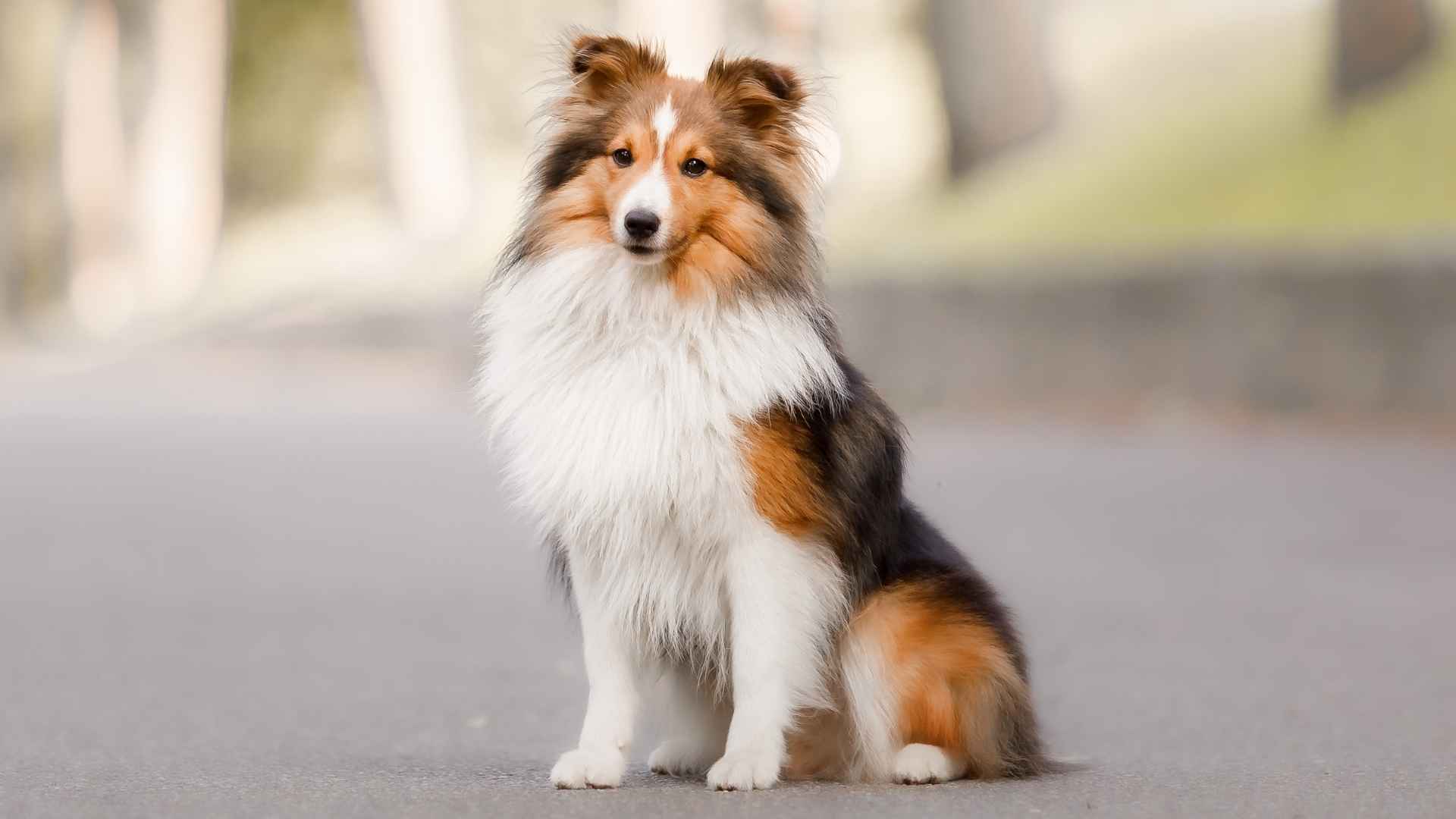Long before leashes and squeaky toys, dogs earned their keep by herding sheep across sprawling fields—and some still do. Sheepdog breeds are the unsung heroes of the working dog world: smart, obedient, agile, and always ready for the next command.
Many dogs fall into the herding dog breed category—this includes sheepdogs, cattle dogs, shepherds, and collies. These herding dog breeds vary widely in size and originate from different parts of the world. They excel at managing livestock across diverse terrains, whether in rugged mountains, open plains, or challenging weather conditions. Each herding breed has its unique approach to controlling and guiding the flock.
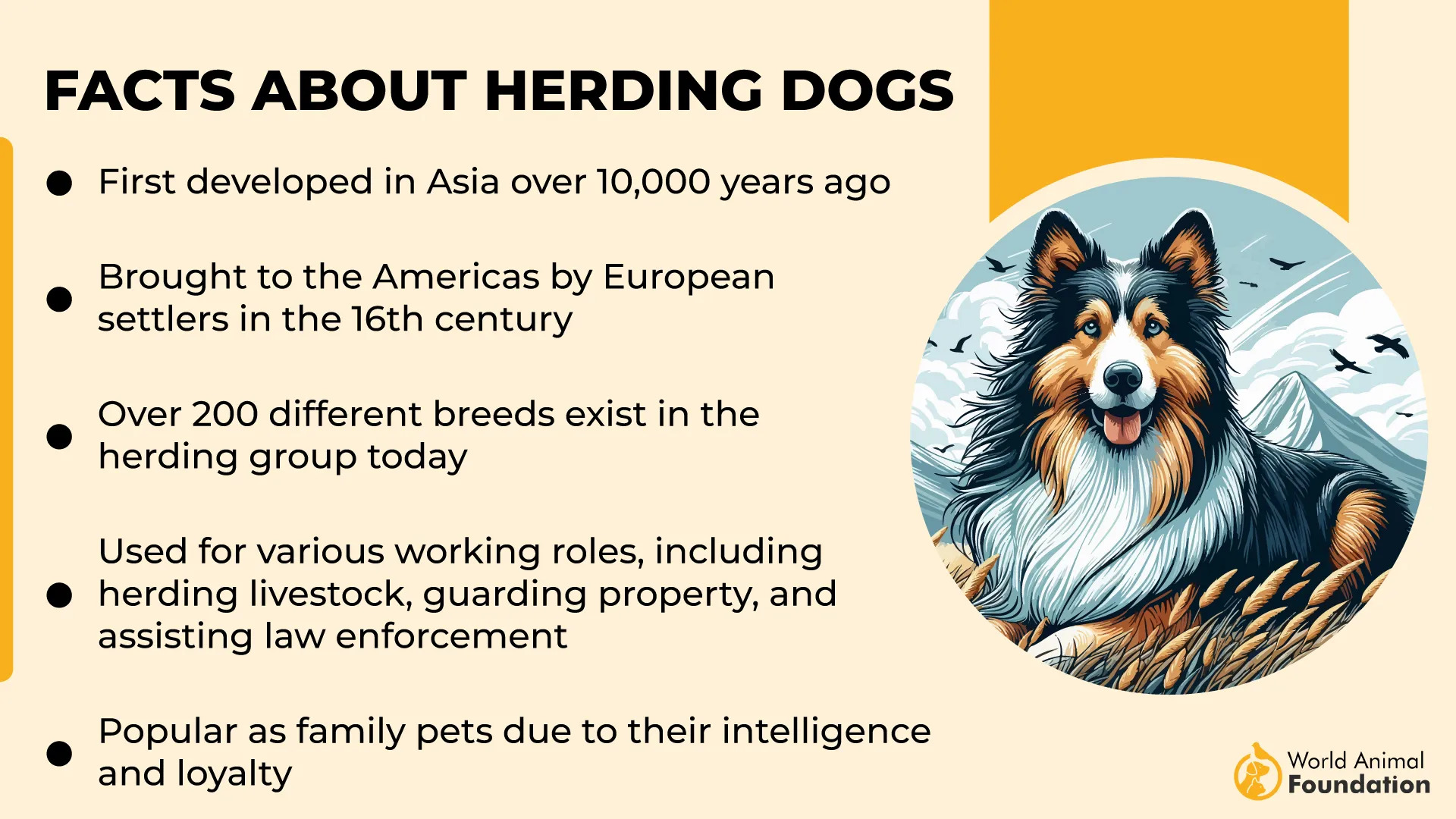
But make no mistake—these breeds aren’t just farmhands in fur. They’re loyal family companions, mental athletes, and cuddly sidekicks when the work is done.
So, whether you live on a ranch or in a city apartment, a sheepdog might be the perfect four-legged teammate. They crave purpose, thrive on routine, and will always have one eye on you, ready to help, herd, or simply be near.
Let’s explore the top sheep dog breeds, what makes them unique, and how they can bring loyalty, intelligence, and joy into your life, whether you’ve got a flock or just a full heart.
Sheep Dog Breeds
1. Old English Sheepdog
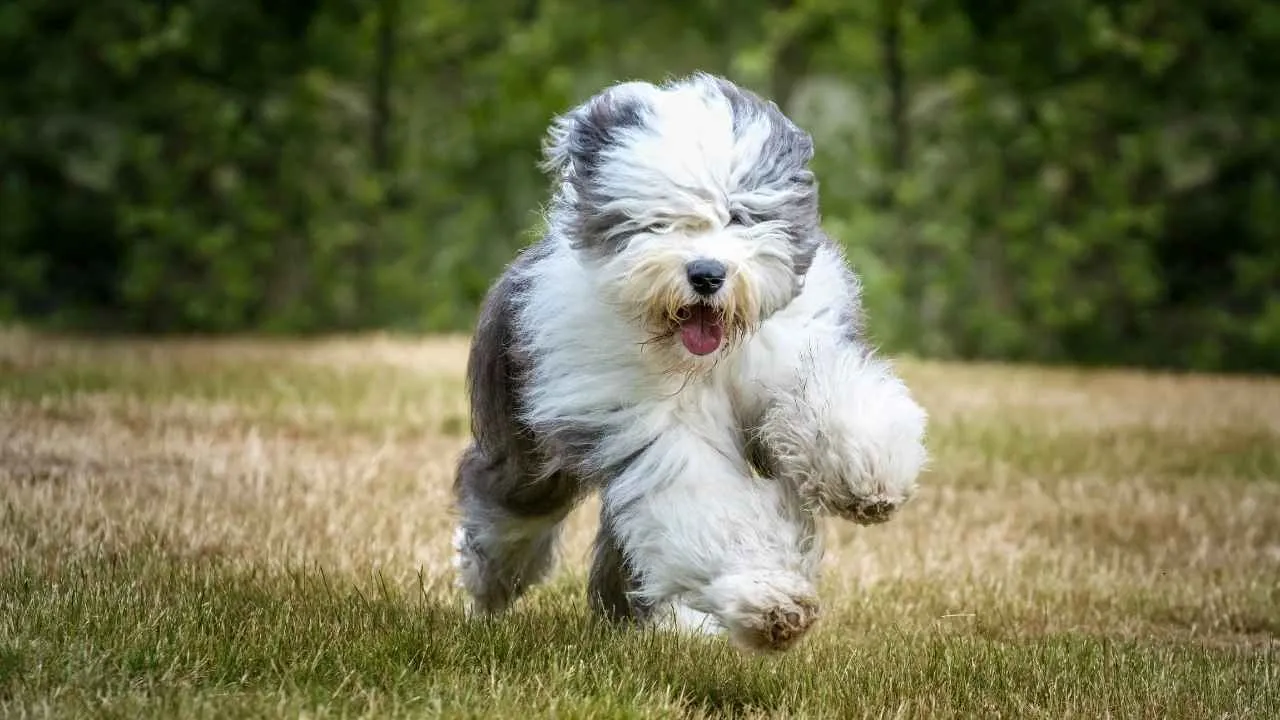
Picture this: A massive fluffball bouncing through a meadow, herding sheep like it’s choreographed for a Disney movie. That’s the Old English Sheepdog—part cloud, part comedian, all heart.
With a body resembling a panda wrapped in shag carpet and a head that brings to mind a Truffula tree, the Old English Sheepdog is a striking sight. But don’t be intimidated by their size, which ranges from 60 to 100 pounds. Known for their iconic shaggy coat, these dogs aren’t just all fluff and no function.
These shaggy dogs were originally bred in England to help herd livestock, especially sheep (shocker, we know). But don’t let the “old” in their name fool you—they’re playful, goofy, and often act like overgrown puppies.
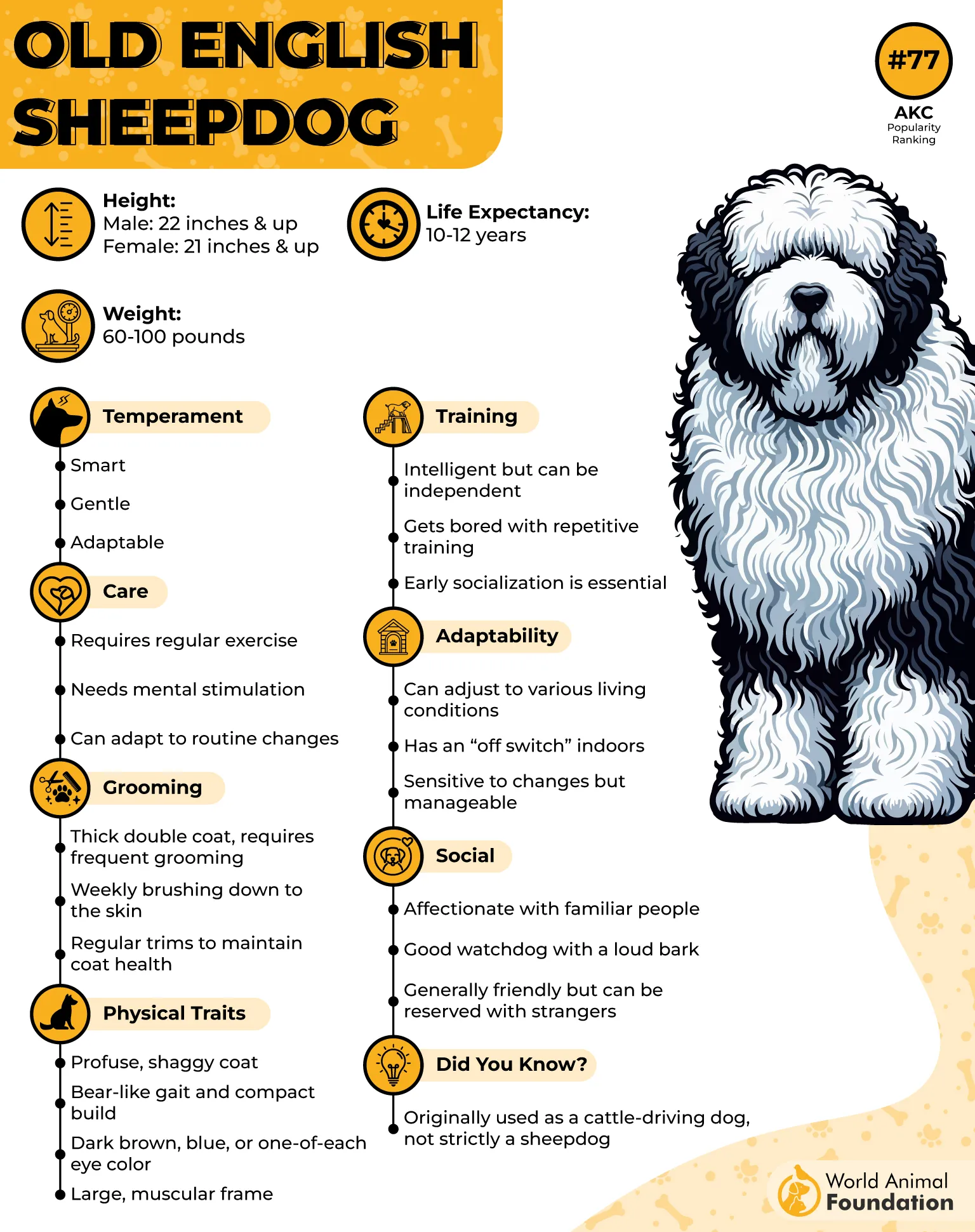
Old English Sheepdogs are the class clowns of the herding world. They’re smart enough to outwit your best-laid plans but charming enough that you won’t even be mad when they do. Ever seen a dog photobomb a family picture? If not, get one of these and wait five minutes.
Their energy level is like a strong cup of coffee—full of bounce, best enjoyed with a walk (or three), and occasionally a bit too much if you’re not ready. But they balance that with a gentle, affectionate side that makes them amazing family companions.
Grooming: A Full-Time Job?
Yes, that luxurious coat takes effort. Daily brushing is practically non-negotiable unless you enjoy chasing tumbleweeds of fur around your house. But think of grooming time as bonding—it’s like a spa day, but your client barks and sometimes eats the brush.
2. Shetland Sheepdog
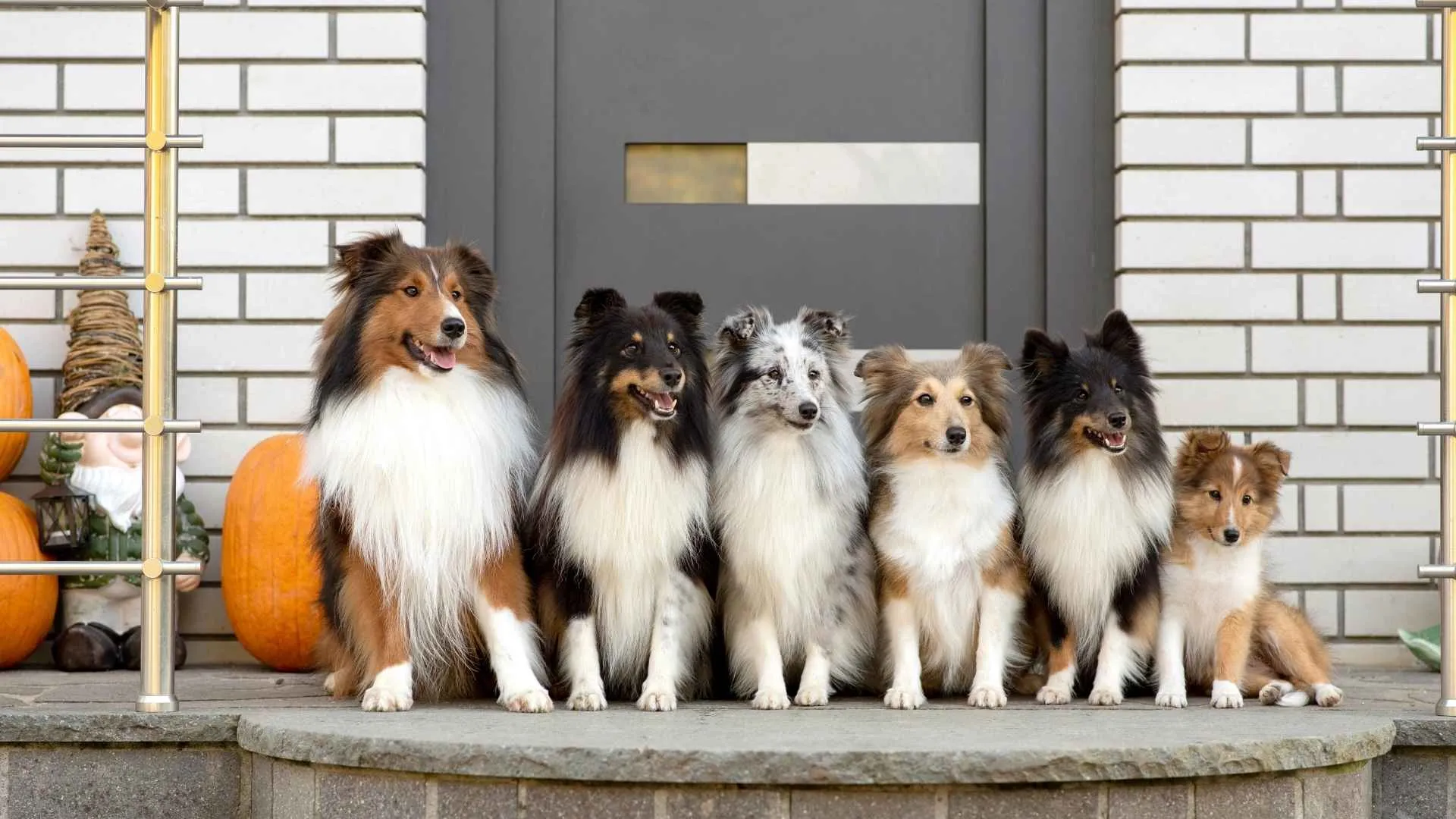
Picture a fluffy little dynamo zooming around your yard with the energy of a rocket and the precision of a Swiss watch. That’s the Shetland Sheepdog, or “Sheltie” for short—a small dog with a huge personality and even bigger athleticism.
Originally bred on the windy Shetland Islands to herd sheep, these dogs were basically built to outrun the sheep and keep up with the harsh weather. They take their jobs seriously—whether it’s racing through agility courses or catching flying discs mid-air, Shelties love to move and show off their skills.
The Shetland Sheepdog is a small, energetic, and agile herding breed, typically standing 13 to 16 inches tall at the shoulder. It features a long, straight, and harsh outer coat with a thick undercoat, and its coloring includes black, blue merle, and sable, often accented with white markings.
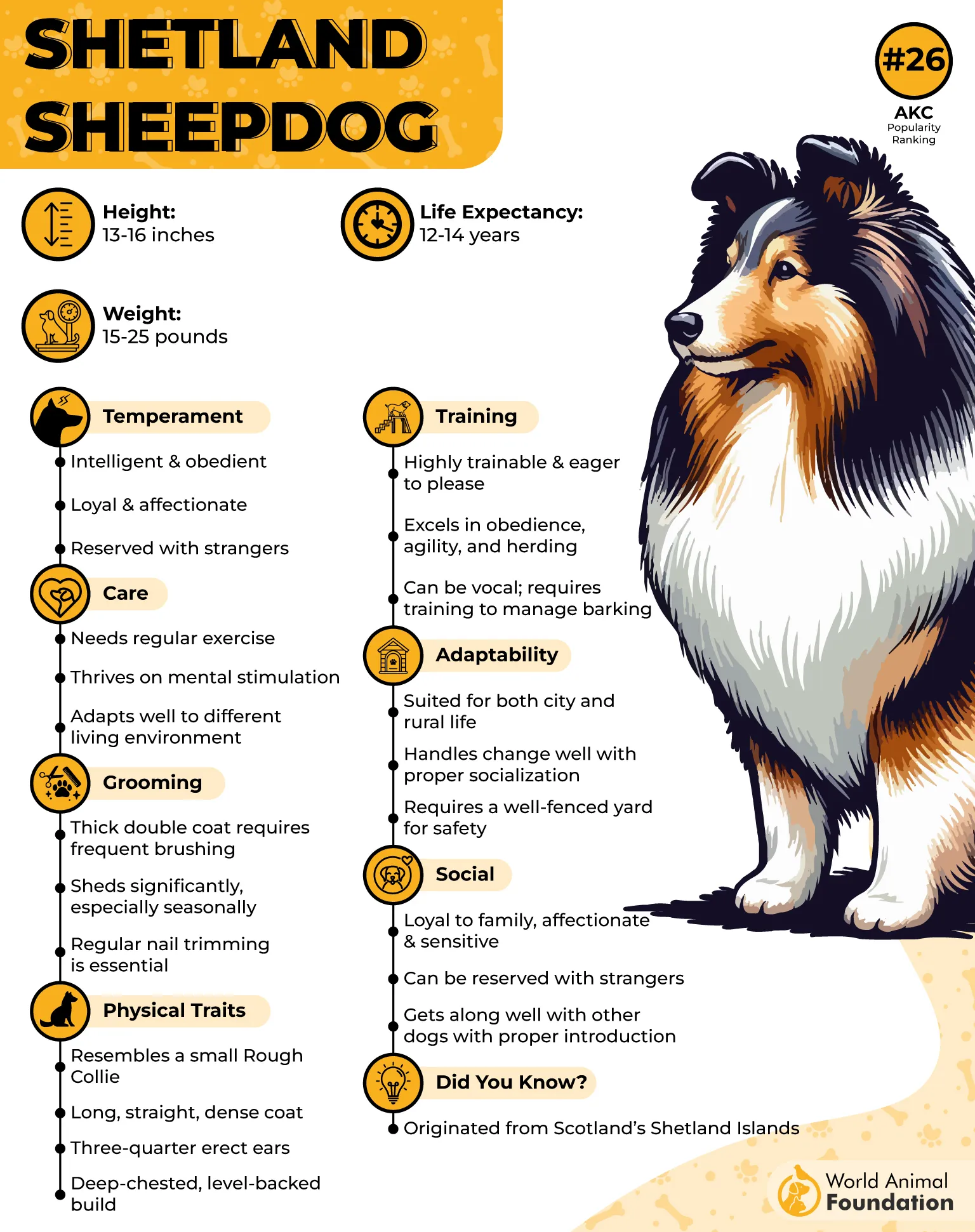
But don’t let their speed fool you; they’re also fiercely loyal and protective of their family. According to the American Kennel Club (AKC), they tend to bark and are typically reserved around strangers, both traits that make them excellent watchdogs.
Shelties will alert you faster than your phone’s notification ping when something’s up. Fair warning: they do love to bark, so your neighbors might get an unofficial “welcome” courtesy of your Sheltie’s vocal talents.
With a thick double coat that looks like it belongs in a magazine, Shelties do need regular brushing unless you’re into dog hair tumbleweeds. Personality-wise, they’re smart as a whip, quick to learn, and have a sweet, sensitive side that makes them excellent with kids and families.
3. Belgian Sheepdog
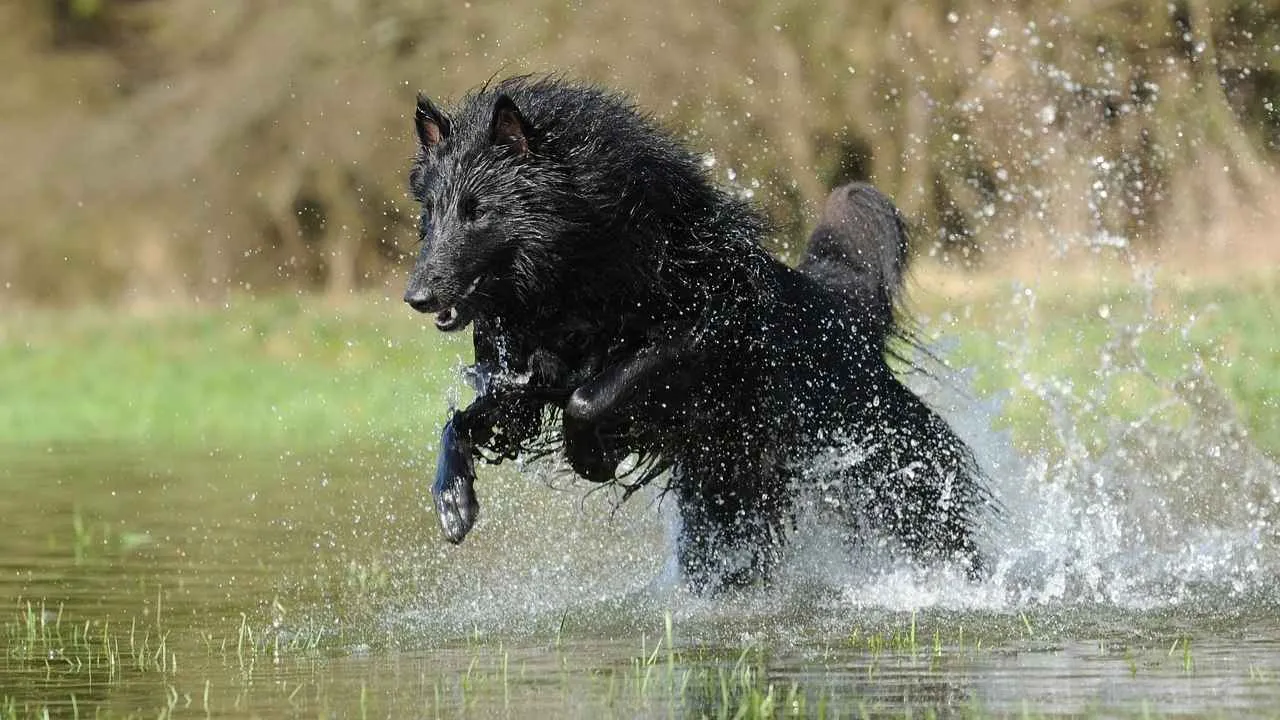
If James Bond were a dog, he’d probably be a Belgian Sheepdog—sleek, stylish, and ultra-smart with a mysterious all-black coat that’s a tuxedo on four legs.
These dogs are serious workers, bred to herd sheep but also to protect and serve with unwavering loyalty. Belgian Sheepdogs have brains and brawn, combining athletic grace with sharp instincts. They don’t just guard your home; they practically moonlight as your bodyguard.
Today, Belgian Sheepdogs continue to serve in roles such as police work and search and rescue, and they’re also employed as guide and service dogs.
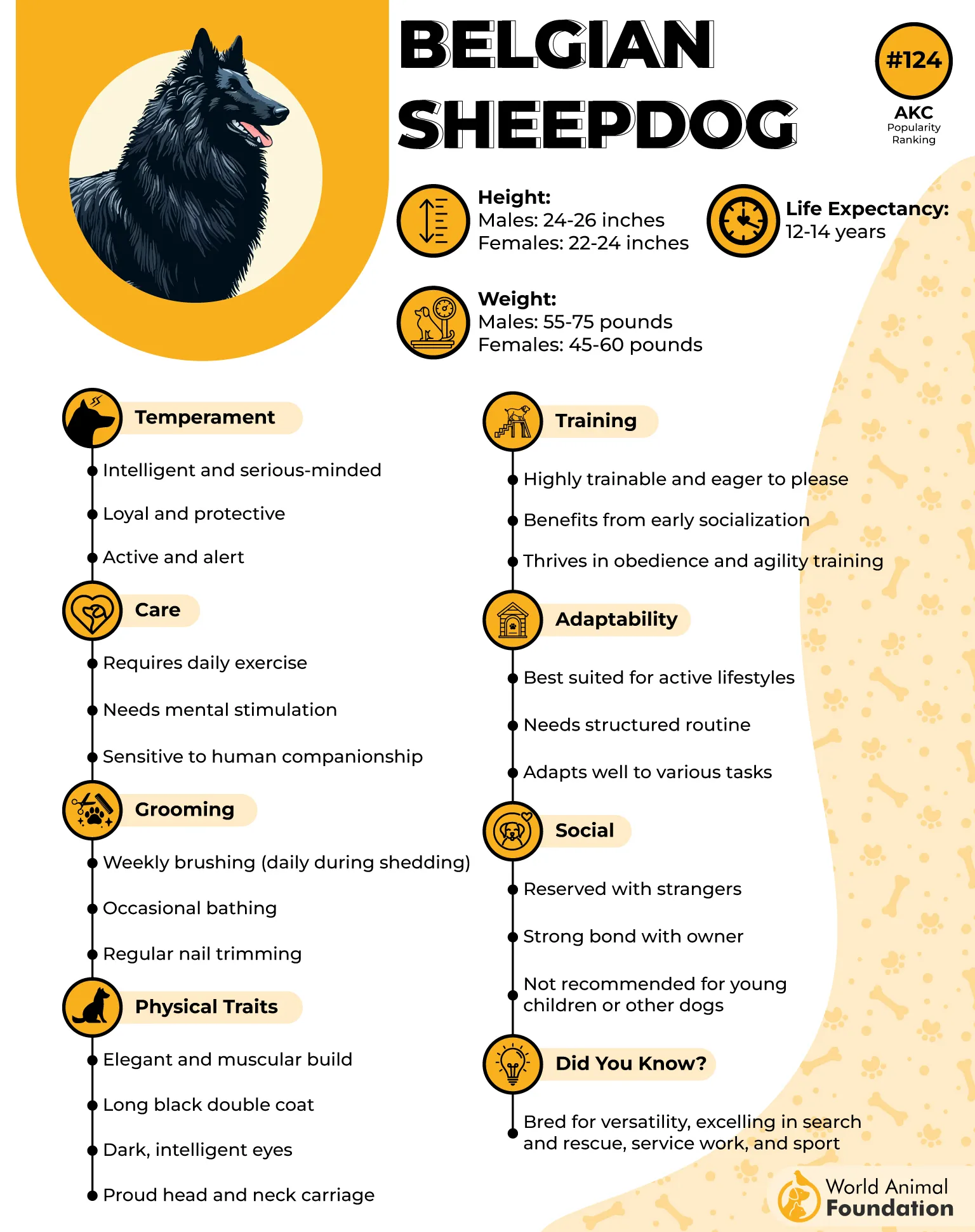
Male Belgian Sheepdogs typically reach up to 26 inches in height and weigh between 55 and 75 pounds, while females generally grow up to 24 inches tall and weigh between 45 and 60 pounds.
Beneath that noble exterior is a playful, loving side that thrives on mental challenges and activity. Don’t expect them to lounge around all day—they were born for action.
As per PetMD, Belgian Sheepdogs often display wariness around unfamiliar people or animals. That’s why early socialization and consistent training are essential to help them develop confidence and well-rounded behavior.
Their thick black coats need regular care to keep that spy-movie sheen intact, but the effort is worth it for a dog that’s part athlete, part loyal family member, and part dashing hero.
Training them is a breeze as long as you keep things interesting, because a bored Belgian Sheepdog might invent their own “fun” (which usually means trouble).
4. Australian Shepherd
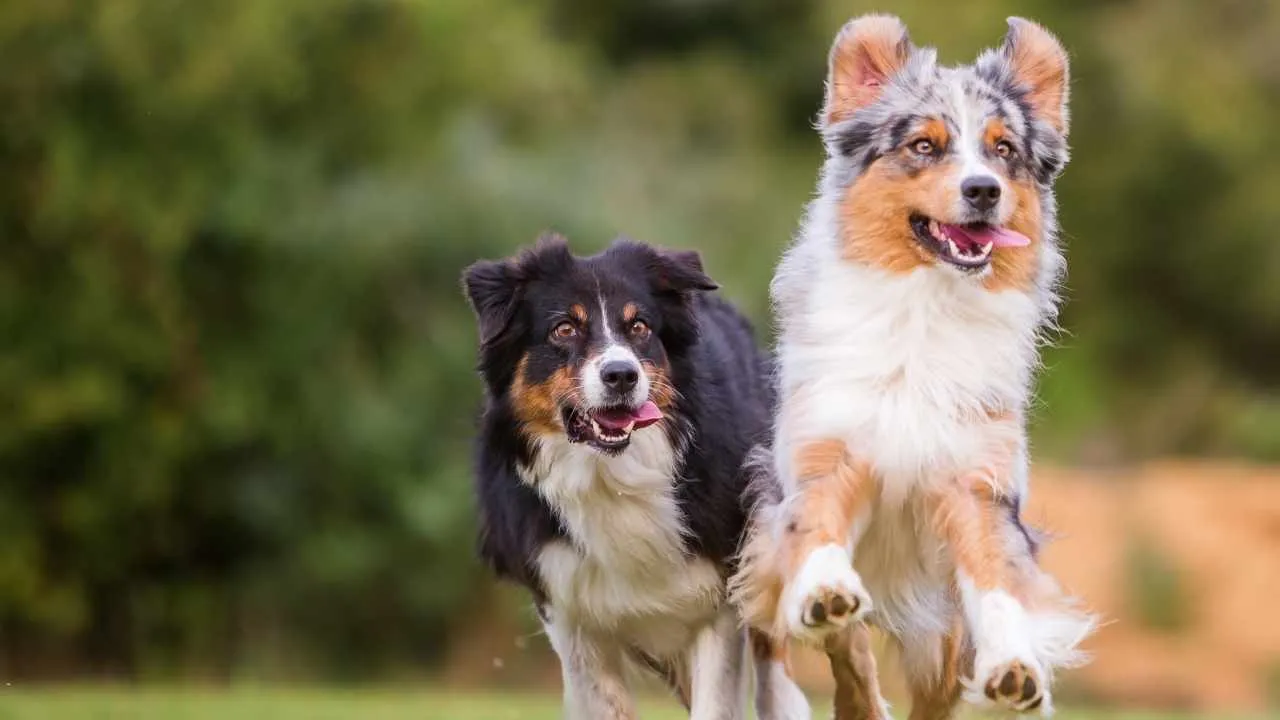
Meet the Australian Shepherd, affectionately known as the “Aussie”—a dog that’s a Swiss Army knife of skills wrapped in a gorgeous merle coat. These guys are herding royalty, excelling not just on the ranch but in pretty much any dog sport you can think of.
Aussies are brilliant, athletic, and born to be busy. Whether it’s hiking, jogging, chasing flying discs, or learning new tricks, they bring energy and enthusiasm that would put most gym rats to shame.
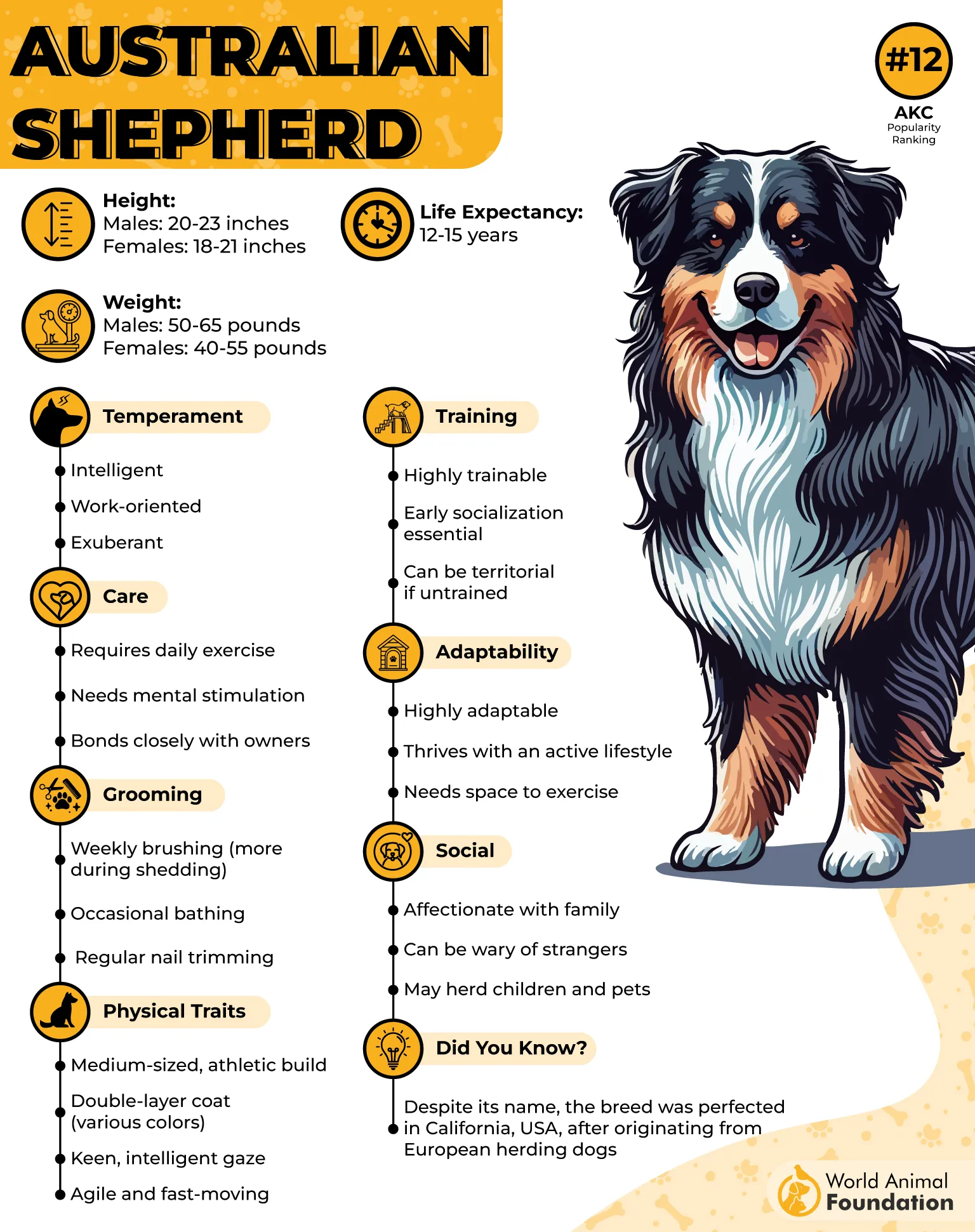
Don’t be surprised if your Aussie tries to herd your kids, the mailman, or even your furniture—they just want to keep everything in order!
Their double coat needs regular brushing, especially during shedding season, or your house might look like a downy cloud exploded. But trust me, it’s worth it for all the love and energy they bring.
Smart as a whip and eager to please, Aussies thrive on challenges. Their intelligence and trainability make them responsive to guard dog training.
They need mental workouts as much as physical ones, or they might invent their own (usually involving some “creative” mischief). Loyal and loving, they form deep bonds with their families and make incredible companions for active lifestyles.
5. Border Collie
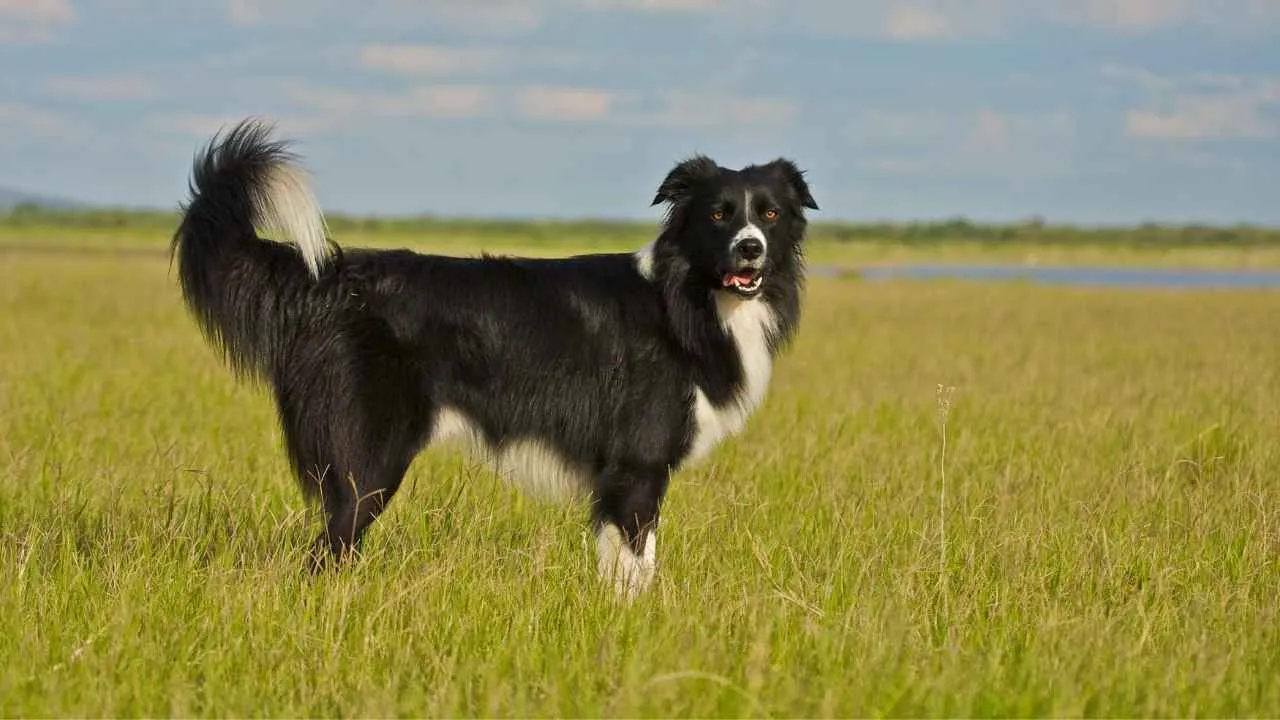
If there’s such a thing as a canine Einstein, it’s probably the Border Collie. Widely considered the smartest dog breed on the planet, these dogs take herding seriously and do it with Olympic-level precision.
Originally bred for herding livestock, particularly sheep, these medium-sized dogs are highly trainable, agile, and eager to work. They typically stand between 18 to 22 inches tall and weigh 30 to 55 pounds.
Border Collies have a weather-resistant double coat that comes in a variety of colors, including black and white, red and white, and merle patterns. Their intense gaze, known as the “eye,” is a hallmark of their herding style.
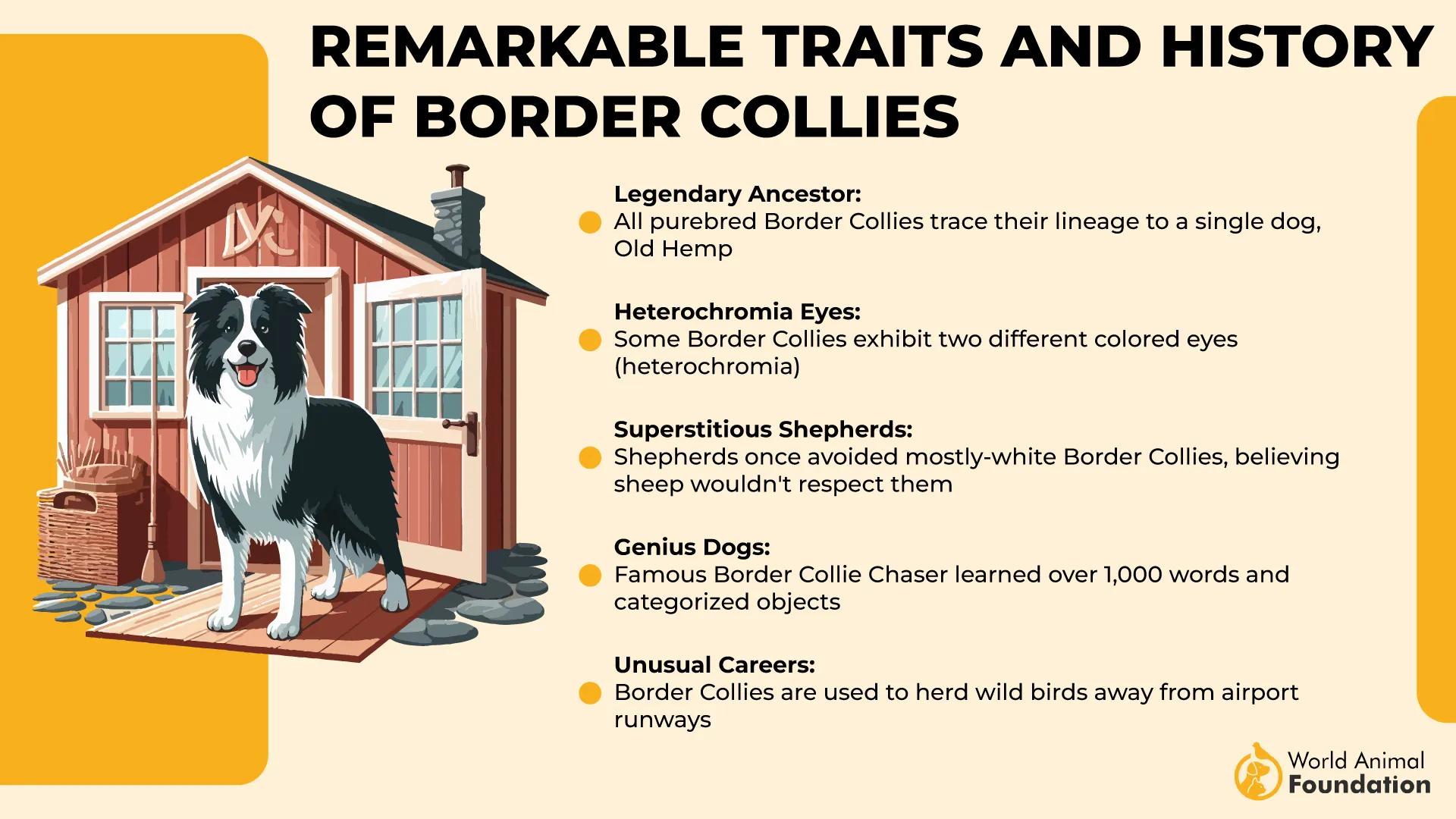
They live to work. Give them a flock of sheep, a frisbee, or a tricky puzzle, and watch them zero in like laser-guided ninjas. They’re athletic, endlessly energetic, and mentally sharp, often leaving their owners breathless trying to keep up.
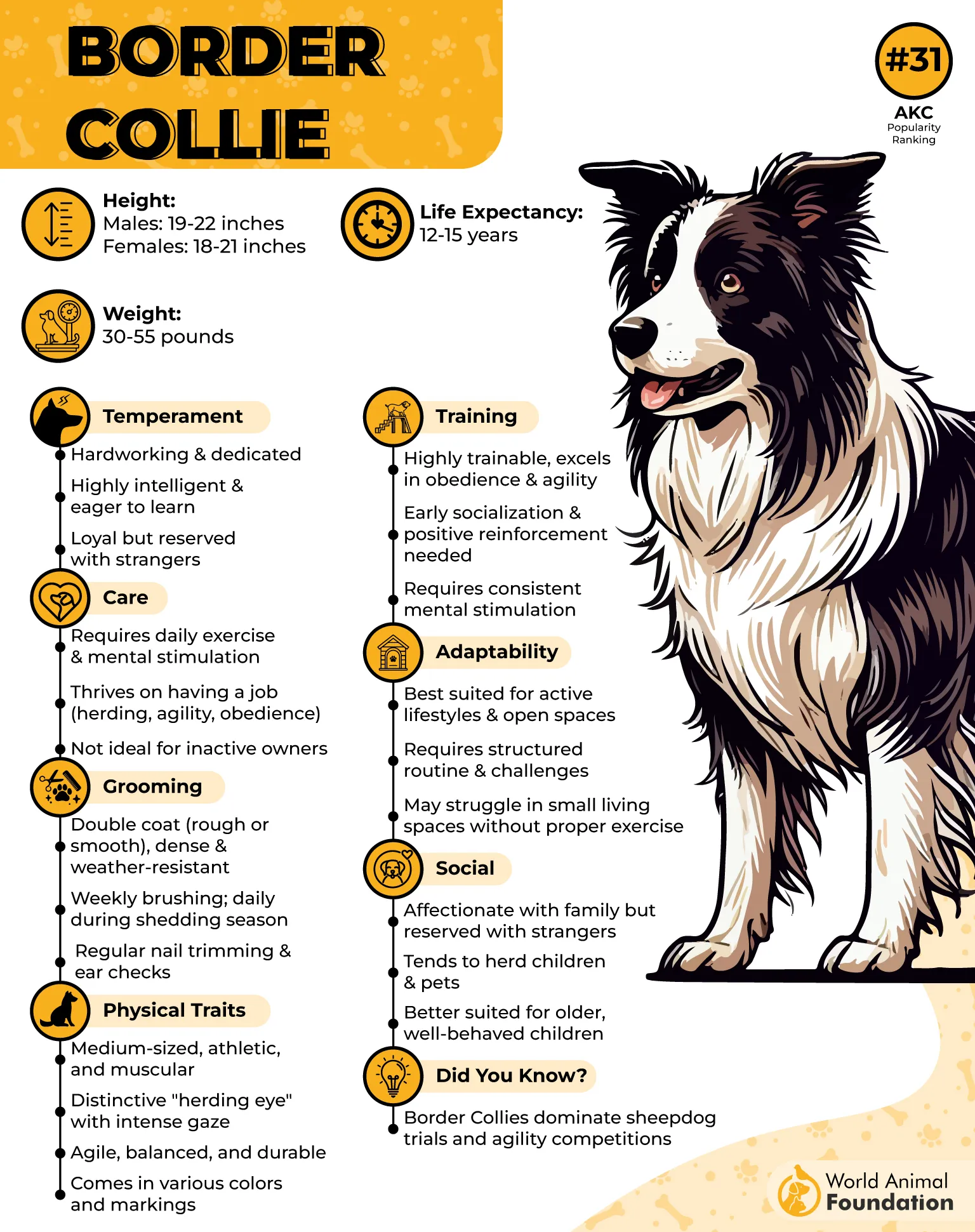
They’re intensely loyal, quick to learn, and happiest when they have a job to do—whether it’s herding, agility, or just being your super-smart best friend. Their coat is medium-length and weather-resistant, needing regular brushing to keep it looking sleek and prevent tangles.
Border Collies need serious outlets for their brain and bodies. Without enough exercise and mental stimulation, they can get bored and channel that energy into mischief (like rearranging your furniture or inventing new ways to open doors).
6. Pembroke Welsh Corgi
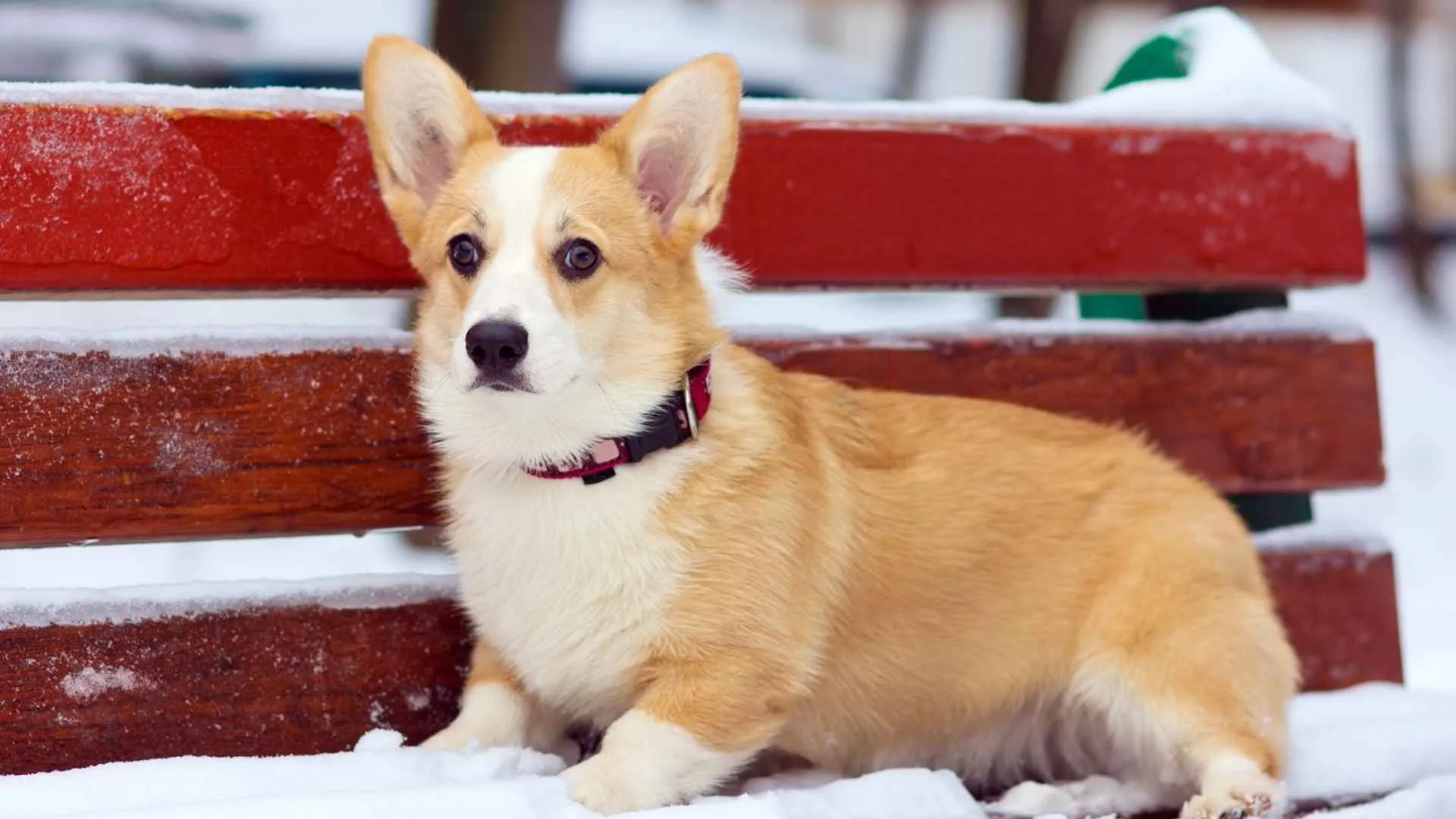
“Corgi” literally means “cur dog” or “dwarf dog” in Welsh — no shade there, just a perfectly cute description of these pint-sized herders. Pembroke Welsh Corgis were the original cattle “heelers,” famous for their technique of nipping at the heels of bigger animals to keep the herd moving. They’re the feisty little bosses of the barnyard.
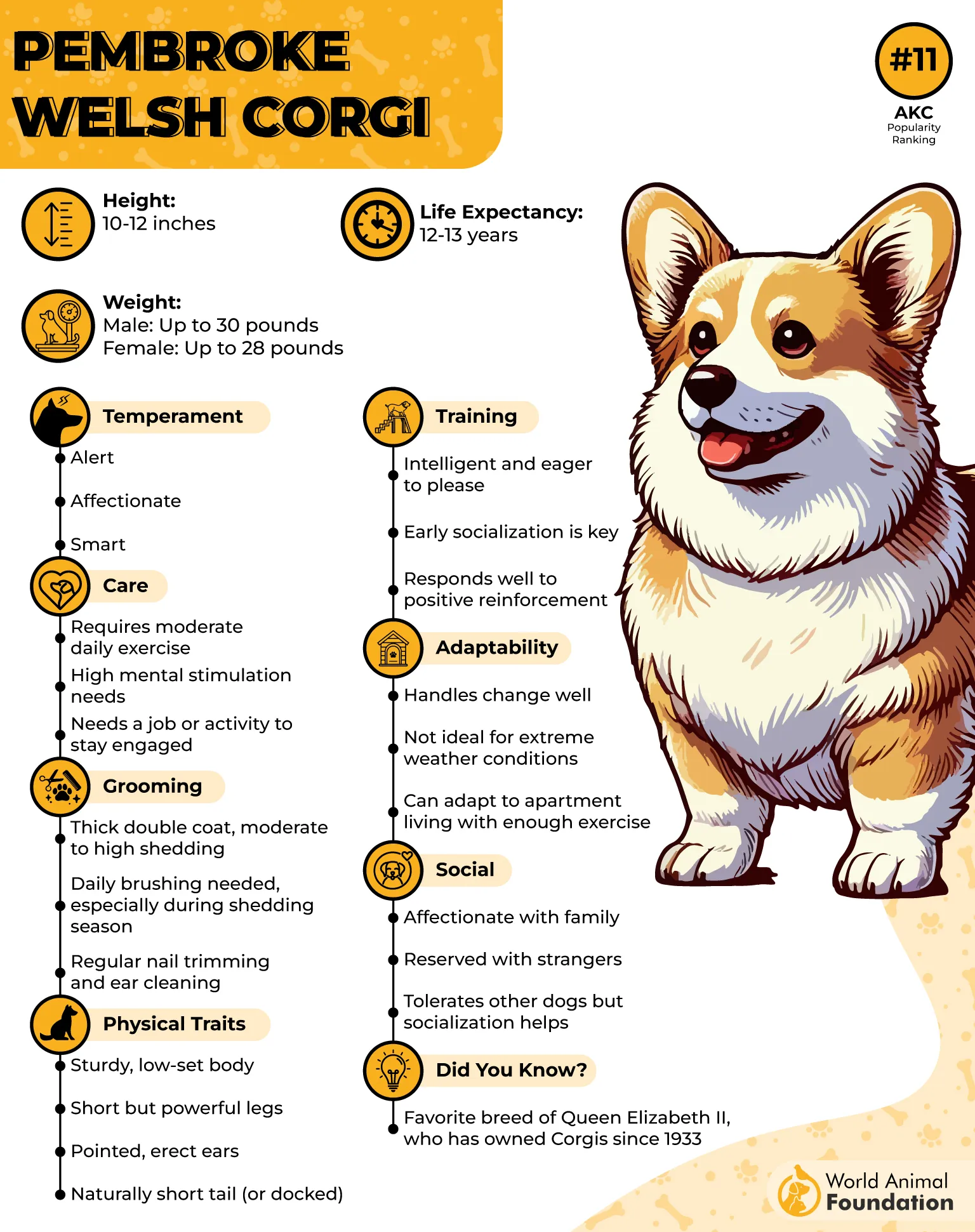
Don’t let their short legs fool you—Corgis have energy and attitude for days. They’re clever, affectionate, and love to be involved in everything, from herding sheep to stealing your spot on the couch.
Corgis pack a lot of personality into their compact frame: they’re playful, alert, and often hilarious with their stubborn streak and silly antics. Plus, their big ears and expressive eyes make them impossible not to adore.
Their double coat sheds like crazy, so be ready with the vacuum and brushing sessions. But hey, with that much fluff, it’s worth it.
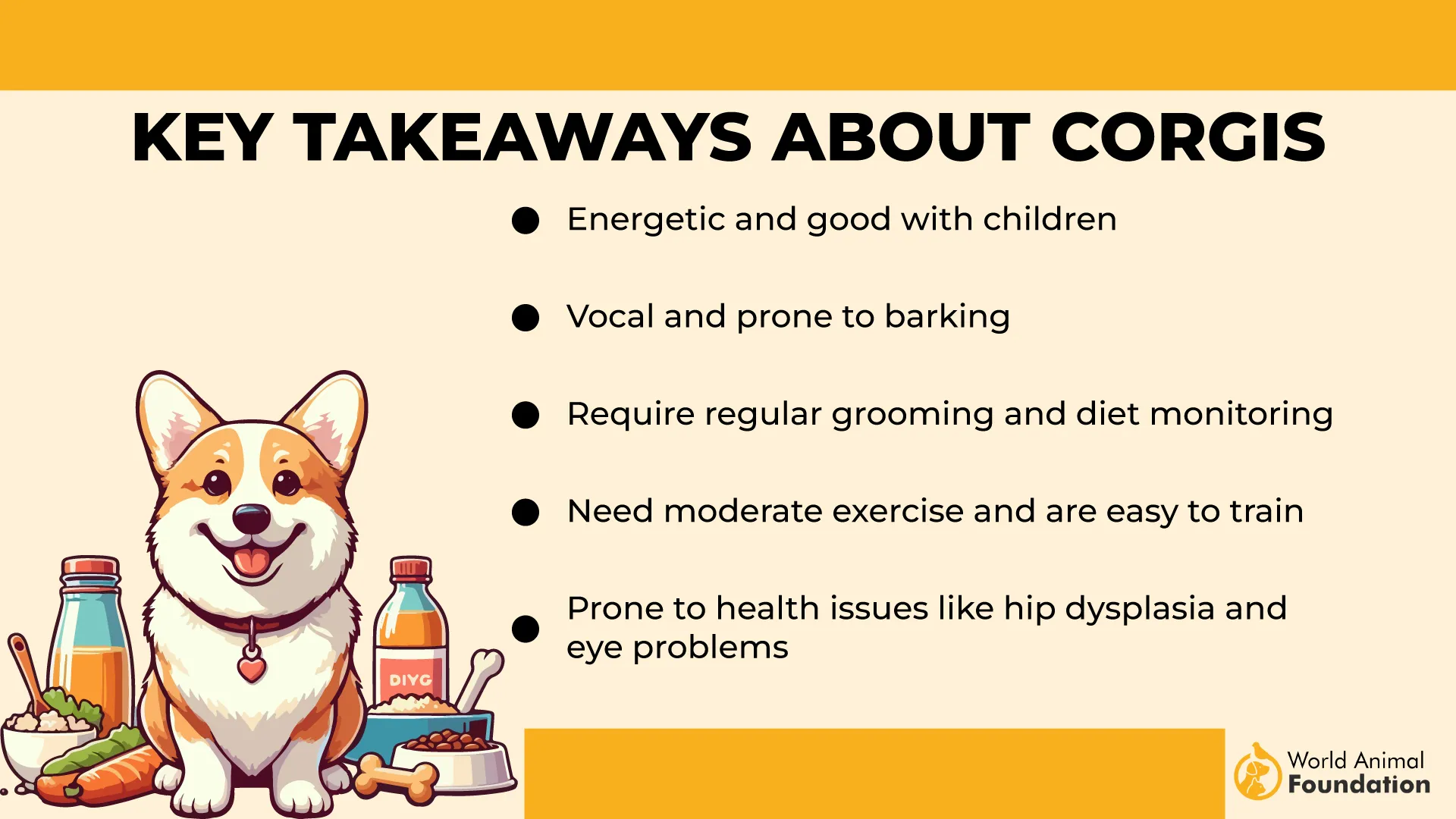
As per WebMD, Pembroke Welsh Corgis may bark when they’re feeling frustrated and can show territorial behavior toward other cats and dogs. However, they’re quick learners, so providing consistent, clear training can effectively teach them appropriate behavior and boundaries.
7. Pyrenean Shepherd
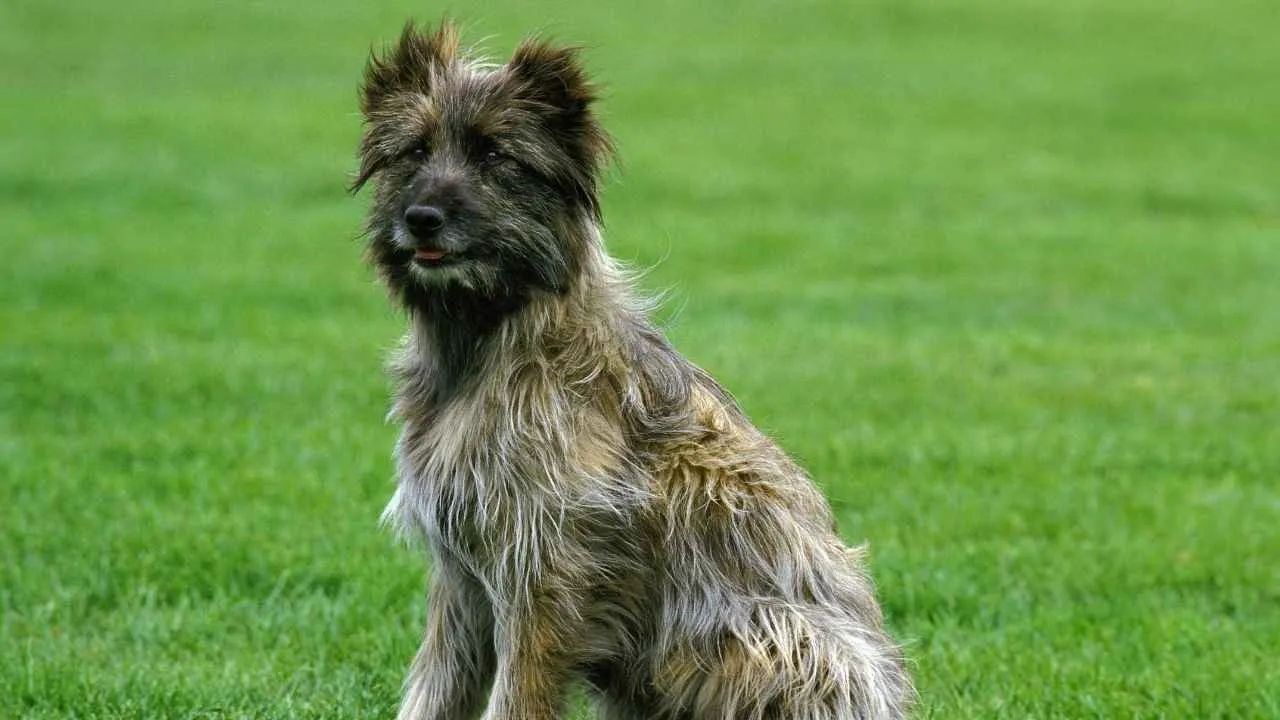
Meet the Pyrenean Shepherd, the speedy, nimble, and oh-so-clever herding dog from the rugged Pyrenees Mountains. These little dynamos might look like a scruffy fluff ball, but don’t underestimate their work ethic—they’re built for tough terrain and quick thinking.
Pyrenean Shepherds are small, agile herding dogs. Smooth-faced males may reach up to 21 inches in height, while females in both coat types tend to be slightly smaller. Their weight typically ranges from 15 to 30 pounds.
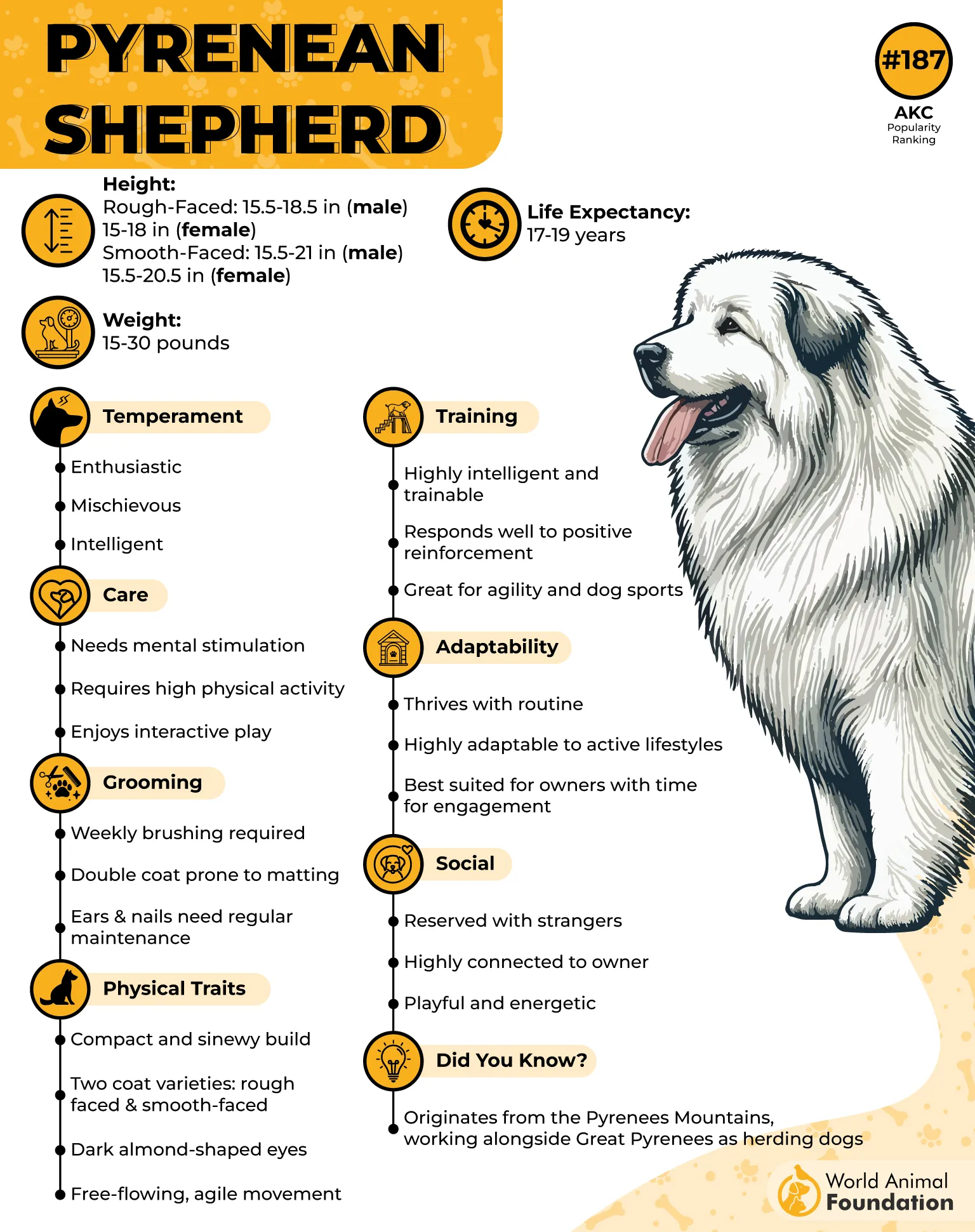
Pyrenean Shepherds are fiercely loyal and energetic, with a knack for problem-solving that’ll leave you thinking, “Wait, did my dog just outsmart me?” They’re great for active families who love hiking or agility sports.
This breed thrives in rural settings where they have ample space to run. While they can adjust to living in a city or town, they still require a minimum of an hour of vigorous exercise each day to stay happy and healthy.
Their coat is a bit rough and weather-resistant, needing moderate brushing to keep that mountain-dog look sharp. They thrive on mental and physical challenges, making them the ultimate working buddy. Scruffy? Yes. Sweet? Absolutely. But they’ll keep you on your toes with their quick moves and sharp minds.
Conclusion
When exploring the best sheepdog breed, several herding dog breeds stand out for their loyalty, intelligence, and working ability. From Australian Cattle Dogs and German Shepherds to the Polish Lowland Sheepdog, Bearded Collie, and Cardigan Welsh Corgi, these herding dog breeds have deep herding instincts and excel in herding trials. Traditionally used as farm dogs and ranch hands to herd sheep, protect livestock, and manage other livestock, these herding dogs also serve as great companions and family pets. Breeds like the Great Pyrenees combine livestock guardian dog traits with a long coat and loud bark, perfect to protect livestock and small children alike.
Recognized by the American Kennel Club, many of these cattle dogs and herding group members, like the Belgian Malinois and Bouvier des Flandres, are great workers with roles even in military service. Though some are lesser known, their compact size, good-natured temperament, and need for physical stimulation make them ideal family dogs, given early and proper training. These agile dogs, often strong-willed, do best in homes that understand their ancient breed heritage and that they are dogs that require structure, attention, and space. Whether for herding sheep and cattle or being excellent companions, these herding dogs remain a vital part of the working group and our lives.


